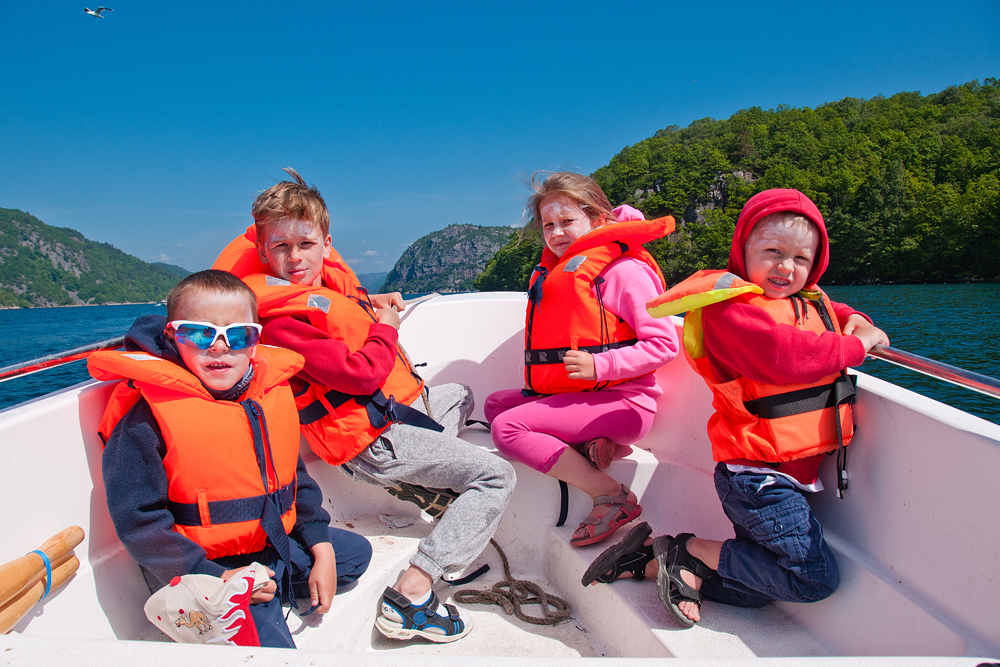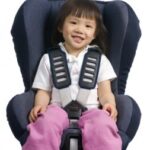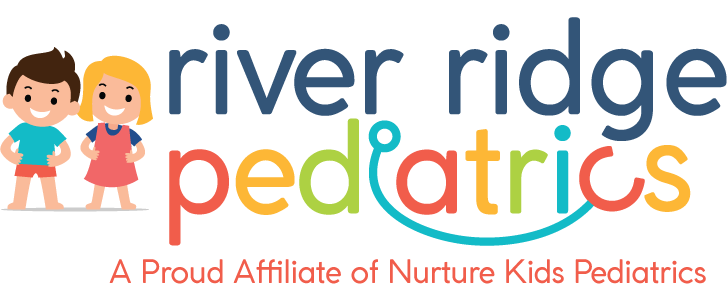Safety at Sea: Precautions to Help Parents Protect Kids on Boats
Safety at Sea: Precautions to Help Parents Protect Kids on Boats

The kids in a lifejackets go for a row
As the school year comes to an end, many families are planning their vacations; some of the favorite activities, include enjoying fresh sea air, water sports and fishing. Before heading into open waters with children, take inventory of personal flotation devices to ensure safety.
Central Texas has many lakes where boating is a favorite pastime enjoyed by the whole family. Others head to the coast for fishing and other water sports. Here are some tips to go over before boarding.
The American Academy of Pediatrics recommends that children should always wear jackets when boating or when near bodies of water. Boats are required by the U.S Coast Guard to have a life jacket for every person on board, and some states require fire life jackets to always be worn by adults and children. The U.S. Coast Guard does not recommend taking infants on boats because like jackets available for infants–18 pounds and under–might not fit properly. All life jackets should be tested yearly in pools or shallow water.
The AAP advises parents to select personal floatation devices based on the child’s weight. Devices should be labeled as approved by the U.S. Coast Guard and tested by Underwriters Laboratories. A jacket fits well if it cannot be lifted over a child’s head after it has been fastened and should be able to keep the chin above water.
3 Types of Life Jackets to Keep Kids Safe in the Water
- Type 1 – jackets are available in two sizes: for those over or under 90 lb. They offer the most protection and are used in large bodies of water.
- Type 2 – jackets come in more sizes for children, but cannot turn an unconscious person face up as well as type 1 jackets.
- Type 3 – jackets are for used when in water for a short time, such as when tubing. Children participating in water sports like tubing should be strong swimmers and not rely solely on protection from the life jacket.
Parents can set a good example by wearing life jackets at all times. They also should keep a watchful eye on children playing in or near the waster.
For more information on water safety, visit www.healthychildren.org

 Previous Post
Previous Post Next Post
Next Post



